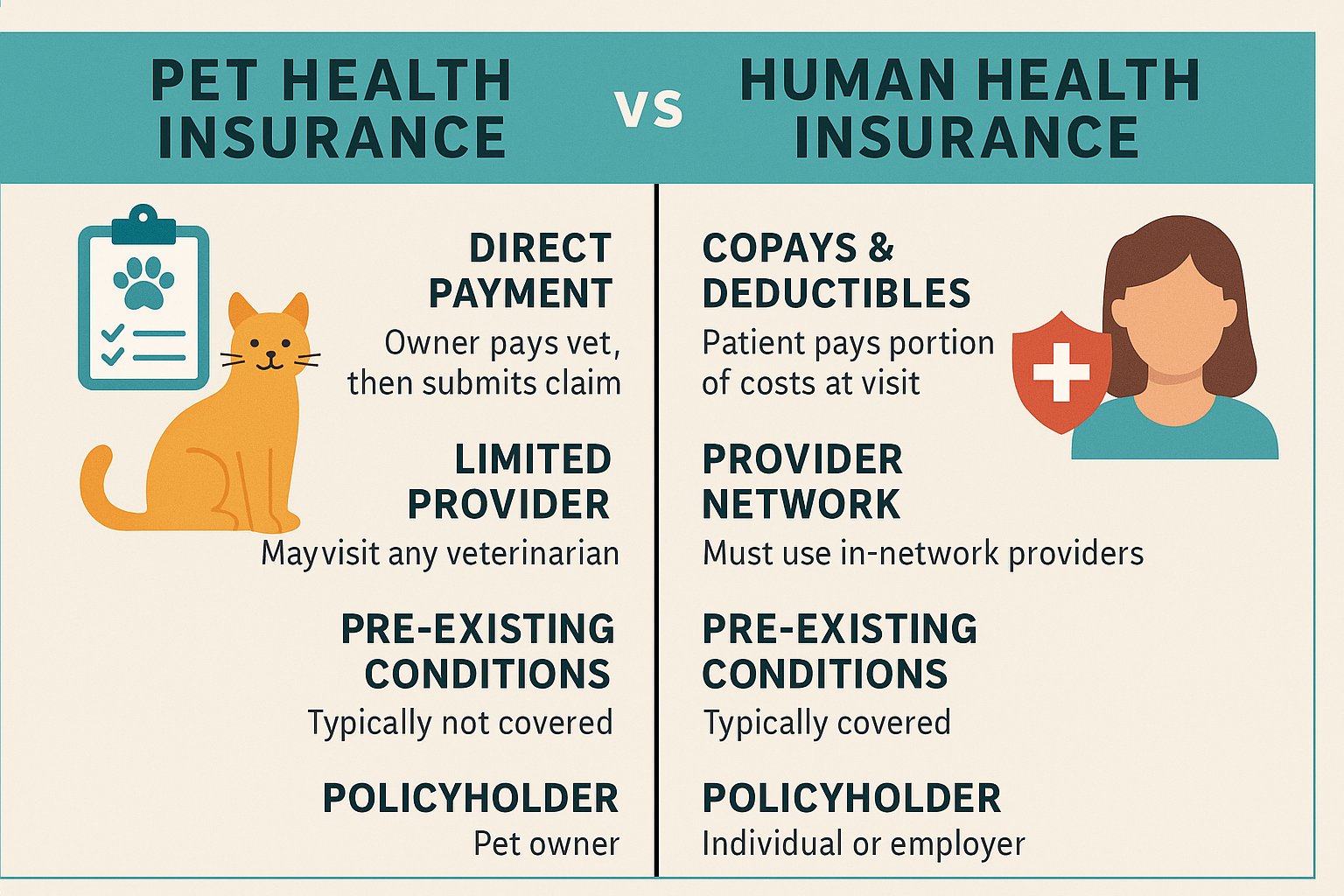
How COVID-19 Changed Health Insurance Forever
The COVID-19 pandemic left a permanent mark on nearly every sector of society, but few areas experienced as profound a transformation as the health insurance industry. As global health systems scrambled to respond to an unprecedented crisis, insurers were forced to reevaluate their policies, operations, and customer engagement strategies. In 2025, we are witnessing the lasting impact of COVID-19 on health insurance—a shift that has redefined access, affordability, and innovation across the board. These changes are not only here to stay, but they are shaping a more resilient, tech-forward, and patient-centric future.
One of the most significant changes brought about by the pandemic is the widespread integration of telehealth into insurance coverage. As lockdowns and overwhelmed hospitals made in-person care less accessible, insurers rapidly adapted by expanding virtual care benefits. This move not only ensured continuity of care but also paved the way for permanent telehealth inclusion in most health plans. By 2025, telehealth services are now standard across major insurance providers, covering everything from primary care consultations to mental health therapy. This shift has helped increase healthcare accessibility, especially in rural areas and among vulnerable populations.
COVID-19 also highlighted glaring inequalities in the healthcare system, prompting insurers and regulators to adopt more inclusive and equitable coverage models. The crisis disproportionately affected low-income communities and individuals with pre-existing conditions, underscoring the need for reforms that prioritize health equity. As a result, new policies have emerged to expand subsidies, lower deductibles, and reduce coverage gaps. Health insurance providers are now more focused on outreach, education, and enrollment support to ensure underserved populations receive the care and financial protection they need.
Another lasting change is the rise of value-based care models. The pandemic exposed inefficiencies in fee-for-service systems and accelerated the shift toward value-driven insurance plans that reward outcomes rather than volume. Insurers are increasingly partnering with healthcare providers to implement preventative care initiatives, chronic disease management programs, and wellness incentives. This approach not only improves patient outcomes but also helps control long-term healthcare costs—benefiting both insurers and members alike.
Digital transformation within the insurance industry also surged during the COVID-19 era and has only gained momentum since. From online policy management tools to AI-driven customer support, insurers have embraced digital solutions to streamline operations and enhance user experience. Consumers can now compare plans, enroll, submit claims, and even receive virtual diagnoses entirely online. This increased reliance on digital platforms has improved transparency, speed, and engagement, making health insurance more accessible and understandable for the average user.
Additionally, the pandemic reshaped how employers approach group health coverage. With remote and hybrid work models becoming the norm, employers have adapted their benefit offerings to meet the evolving needs of a dispersed workforce. Flexible plans, mental health coverage, and wellness programs are now critical components of employer-sponsored insurance. Insurers have responded by offering more customizable plans, digital mental health resources, and support services tailored to workforce well-being.
COVID-19 also triggered a broader awareness of the importance of health insurance in general. The fear of unexpected medical expenses during a global crisis led to increased enrollment across public and private markets. Governments around the world implemented special enrollment periods and stimulus-driven premium subsidies, many of which have evolved into permanent assistance programs. In 2025, more individuals are insured than ever before, and health literacy has improved as consumers actively seek to understand and manage their coverage.
In conclusion, the COVID-19 pandemic permanently altered the landscape of health insurance. From the normalization of telehealth and digital services to the expansion of equitable coverage and value-based care, the industry has evolved into a more responsive and consumer-focused system. As we continue to adapt to the post-pandemic world, these transformations serve as a foundation for a more resilient, inclusive, and future-ready healthcare model. The health insurance changes catalyzed by COVID-19 are not temporary fixes—they are the new standard for how we protect public health and financial security in the modern age.



